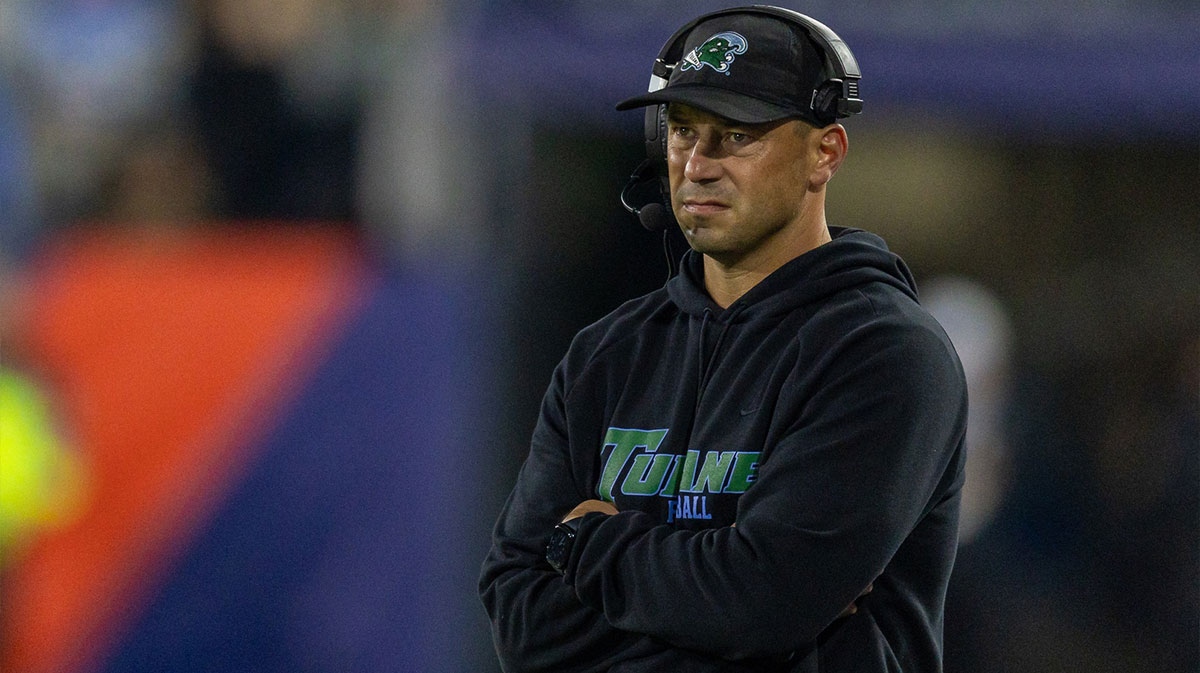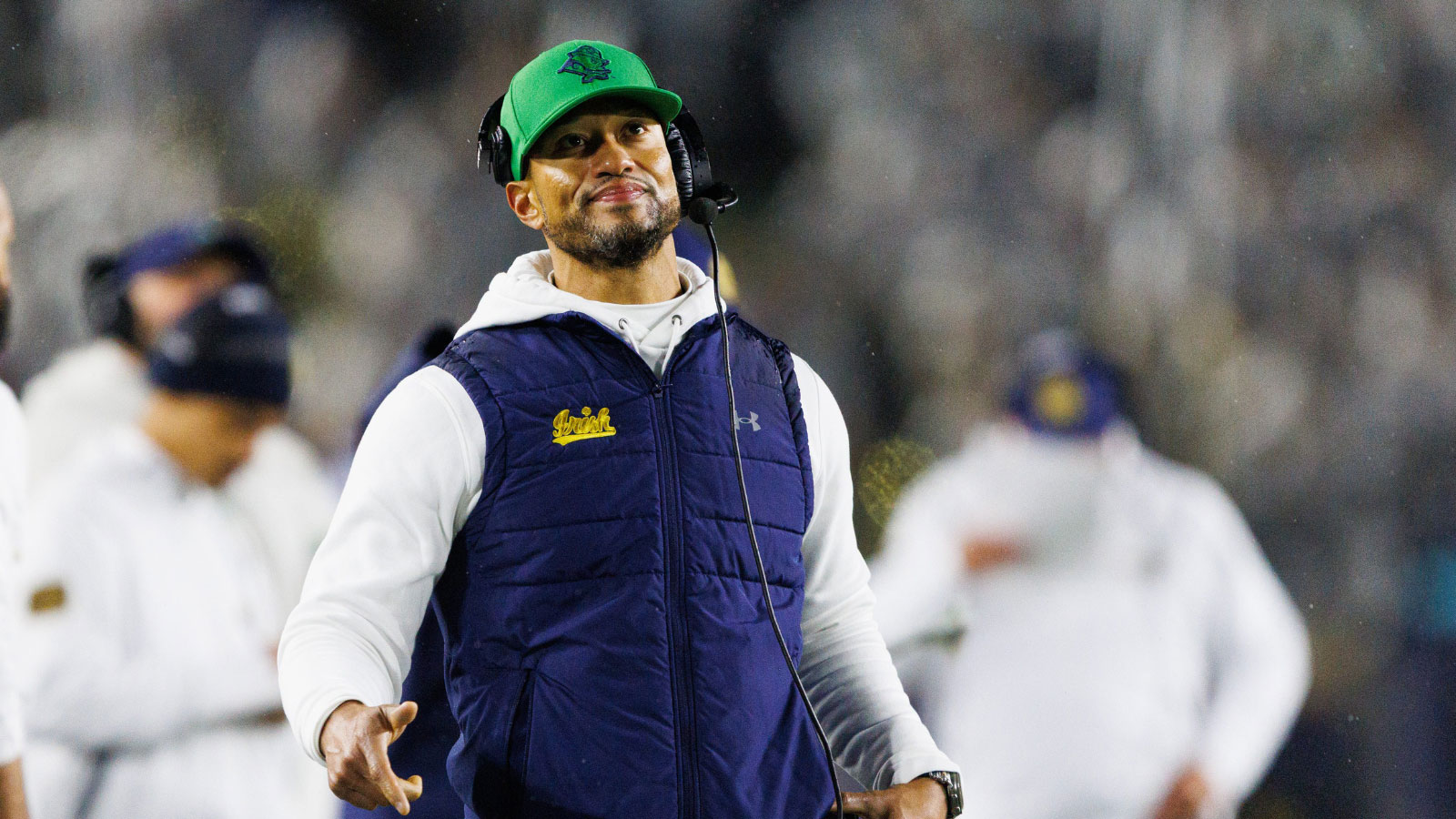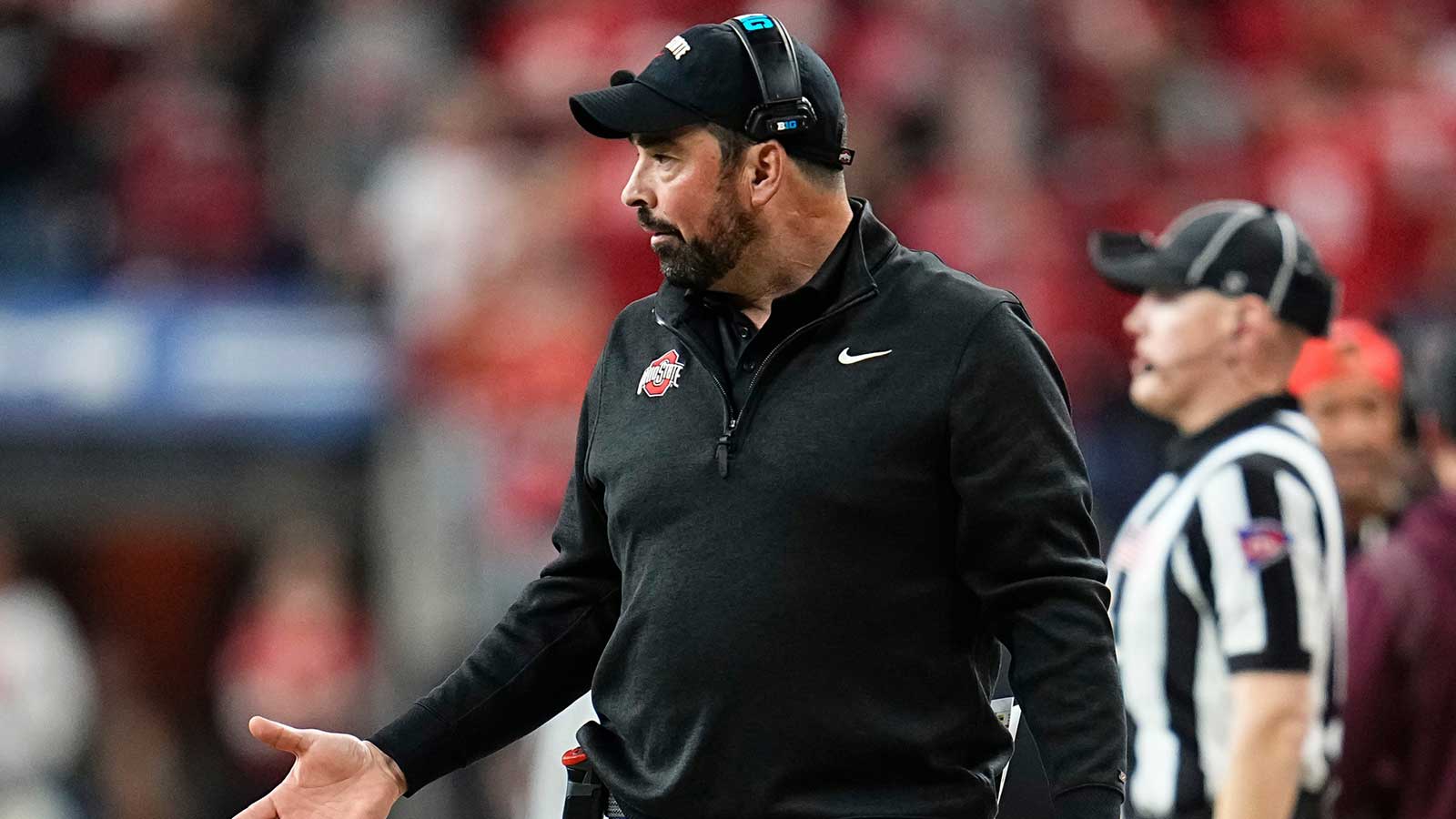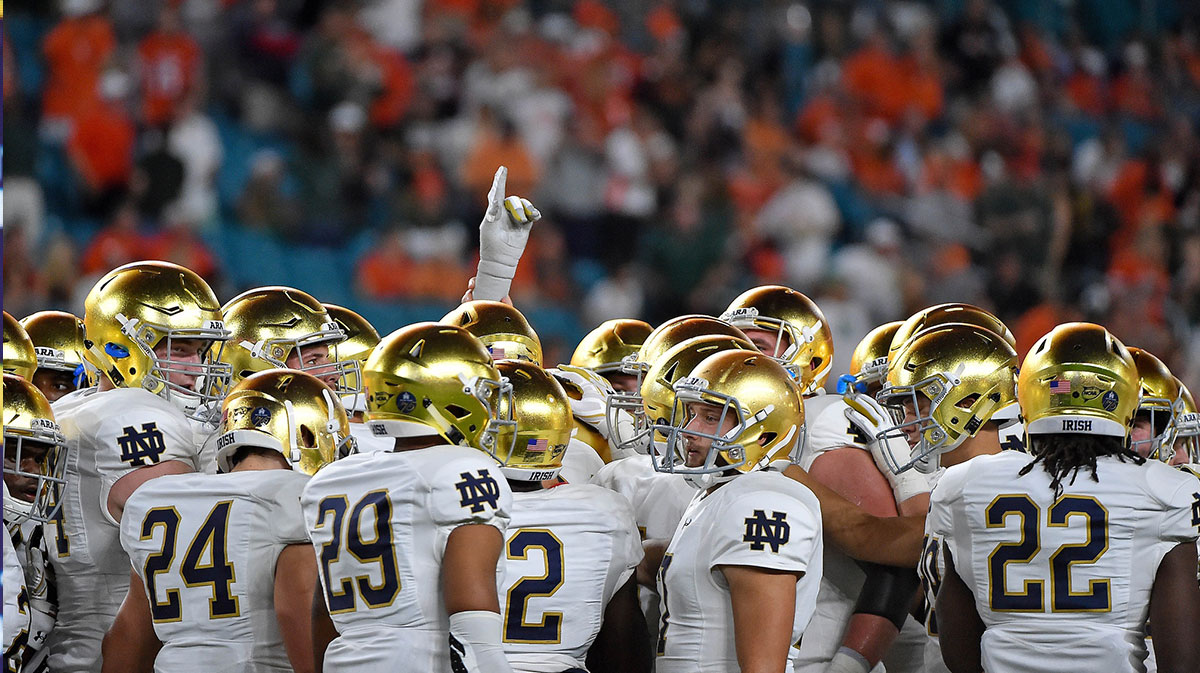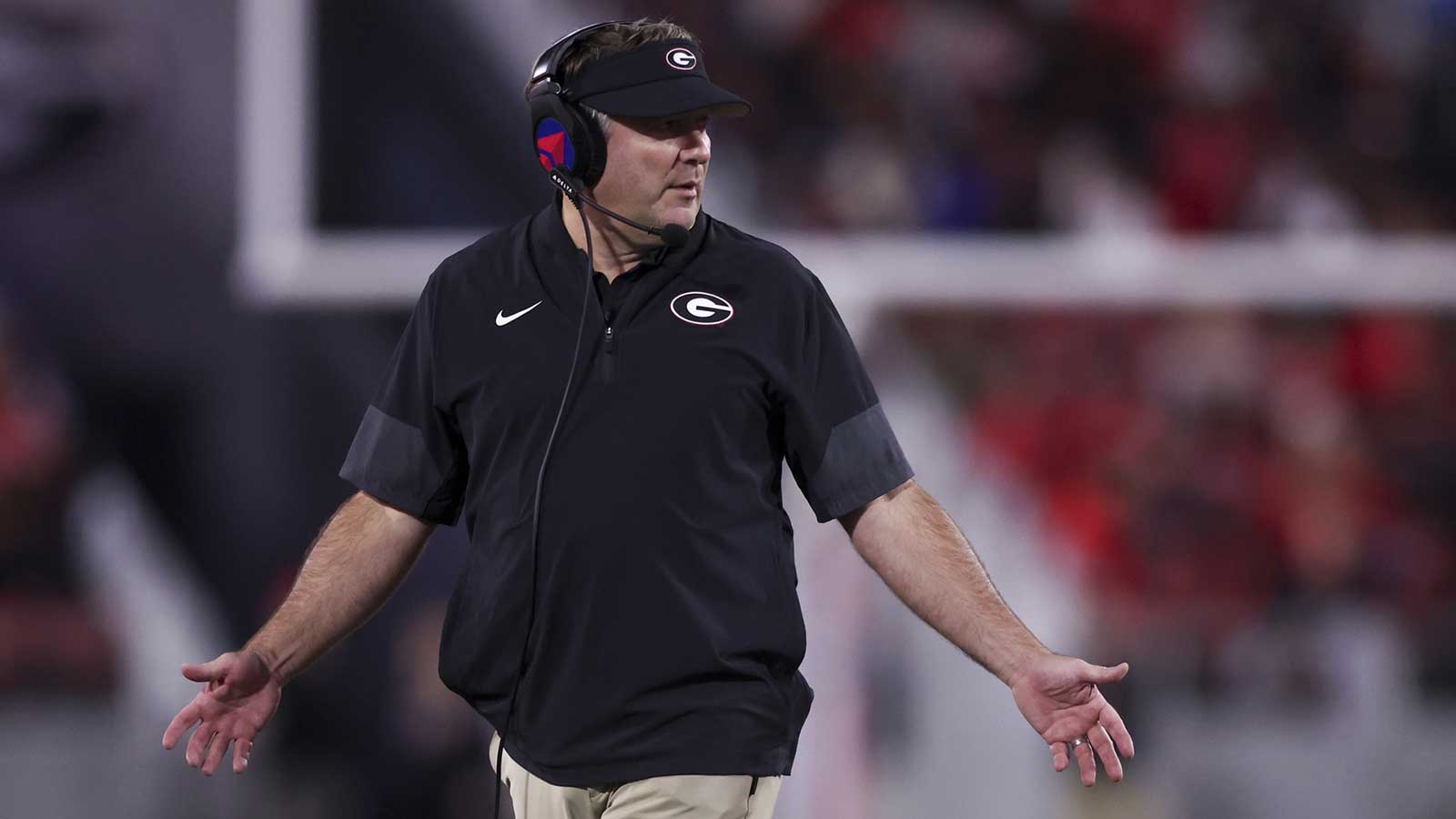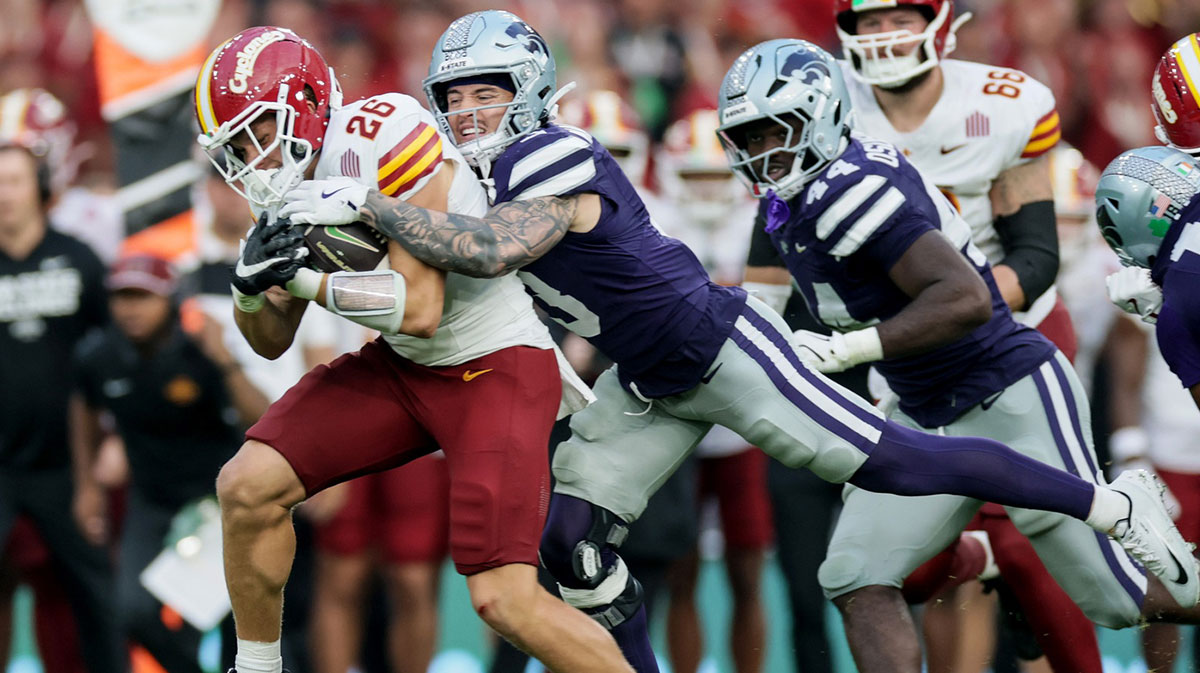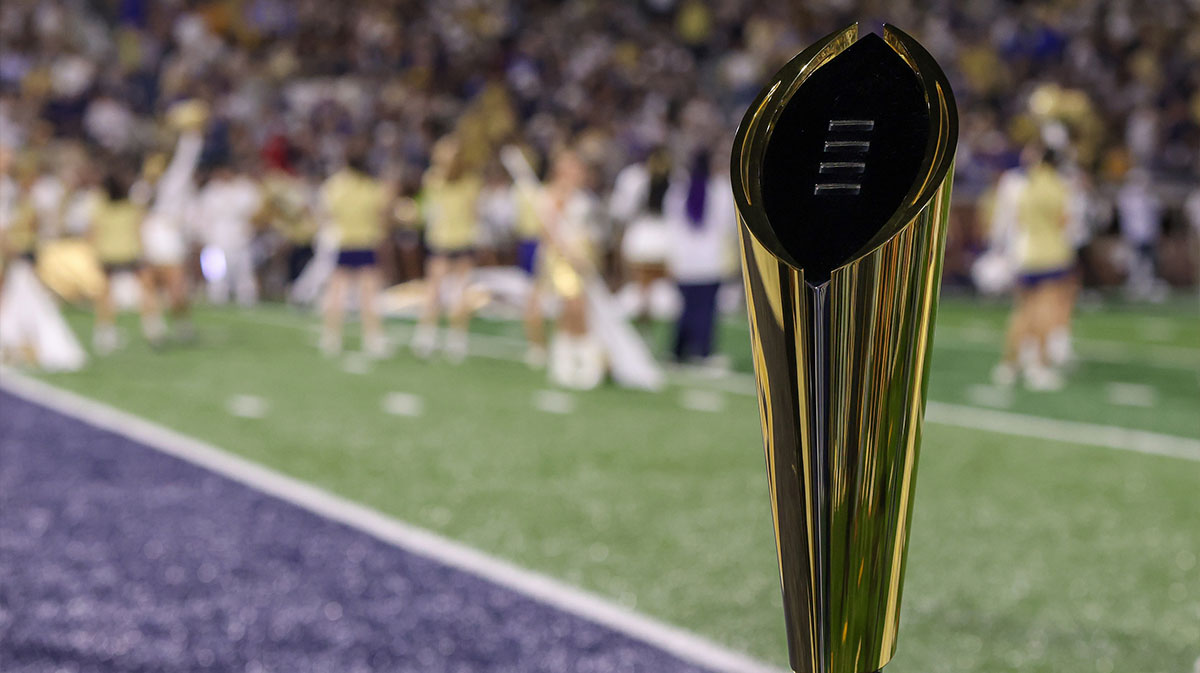The College Football Transfer Portal has been a topic of discussion in recent years, with the NCAA looking at new rules for the transfer portal. Previously, there had been two windows to declare as a transfer, but the Division I FBS Oversight Committee has recommended, and received approval for a new transfer window going forward.
The new transfer window will be from January 2 to January 16, eliminating the two-window solution currently in place. According to Pete Nakos of On3, players who are still playing after January 16, which would be teams playing in the national title game, would still have five days to enter to portal after their respective team is eliminated.
This is a major change to the transfer portal, switching from two windows to just one window in January. Some rules are still remaining, though, such as players being allowed 30 days after a coach is terminated to enter the portal. A player does not need to commit to a new team during the portal, but needs to enter the portal during the period.
The new transfer portal
Prior to the changes, FBS football had two transfer windows. The first was a window that opened in early December. It opened the Monday after bowl game selections. In 2024, this ran from December 9 through December 28. Still, issues were caused this this. Not only are teams preparing for bowl games or playoff games, but they also have high school signing day and coaching changes. A mass exodus, like what happened at Marshall in 2024, led to them opting out of a bowl game. Players would then have a 15-day spring window.
The new portal has changed this to just one window. A player must declare for the portal in a 15-day period in January now. This will be from January 2nd through the 16th in 2026. This is after the majority of games for the postseason. Players can also enter the portal if their coach is dismissed, up to 30 days after the dismissal. Further, teams playing the National Title game can enter the portal five games after the game ended.
This will eliminate teams not being able to field programs due to transfers in bowl games. It also alleviates the stress of a busy December. Still, this just prolongs the offseason for college football coaches.








